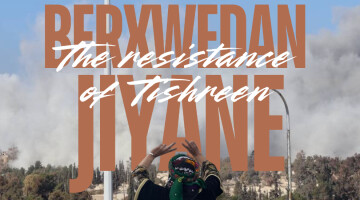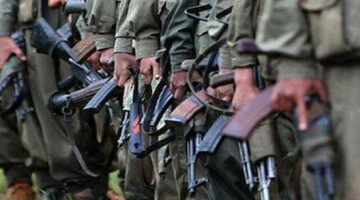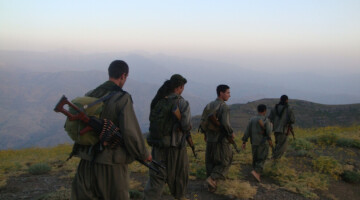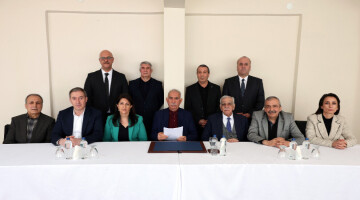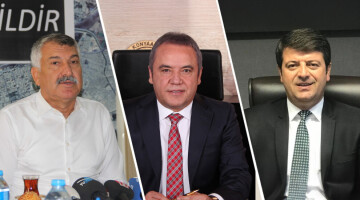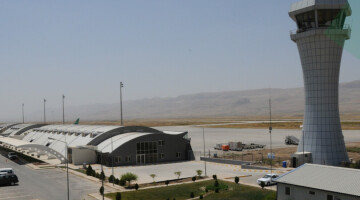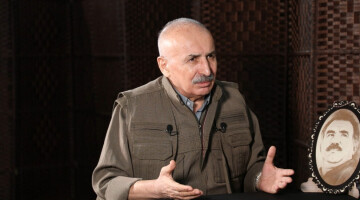Mam Ezîz lives in the village of Jilê in Sideka district in the southern Kurdistan governorate Hewlêr. He lives on livestock and every spring on the high pastures of Kêlashin. He took over this job from his father and grandfather. In winter he lives in the village, in summer on the pastures, as did his ancestors.
Sixty-year-old Mam Ezîz is not only shepherd, he is also a historian of Kêlashin and the Bradost region. Although he only attended elementary school, he has been keeping a book on the attacks of the Turkish state on the region since 1984. So far he has filled 34 notebooks with his notes. All 34 issues deal with the events in Bradost and Kêlashin, especially the victims of the Turkish massacre.
FROM THE NOTES OF MAM EZÎZ
Mam Ezîz gives us some examples from his chronicle:
"In 1998, Turkish fighter jets bombed the civilian population in Lolan. 84 women, children and elderly were killed.
In 1997, a house was hit in Bradost and seven people were killed.
My own village Jilê was attacked in 1992, eight people were killed.
In 1995, a village in Deştê Hertê was attacked and six people were killed.
In 2000, Kendakola was bombed, killing 39 women, children and elderly. "
“ONLY THE GUERRILLAS PROTECT US”
The current wave of attacks by the Turkish state also causes great damage, says Mam Ezîz: "We could not cultivate our fields, our high pastures have burned down, our animals find nothing to eat. Civilians have died in some places.”
Mam Ezîz criticizes the Southern Kurdistan’s regional government for keeping silent about the ongoing attacks by the Turkish army. "The only people who protect us are the PKK and the guerrillas," he explains. He concludes, "The Kurds must be united."



